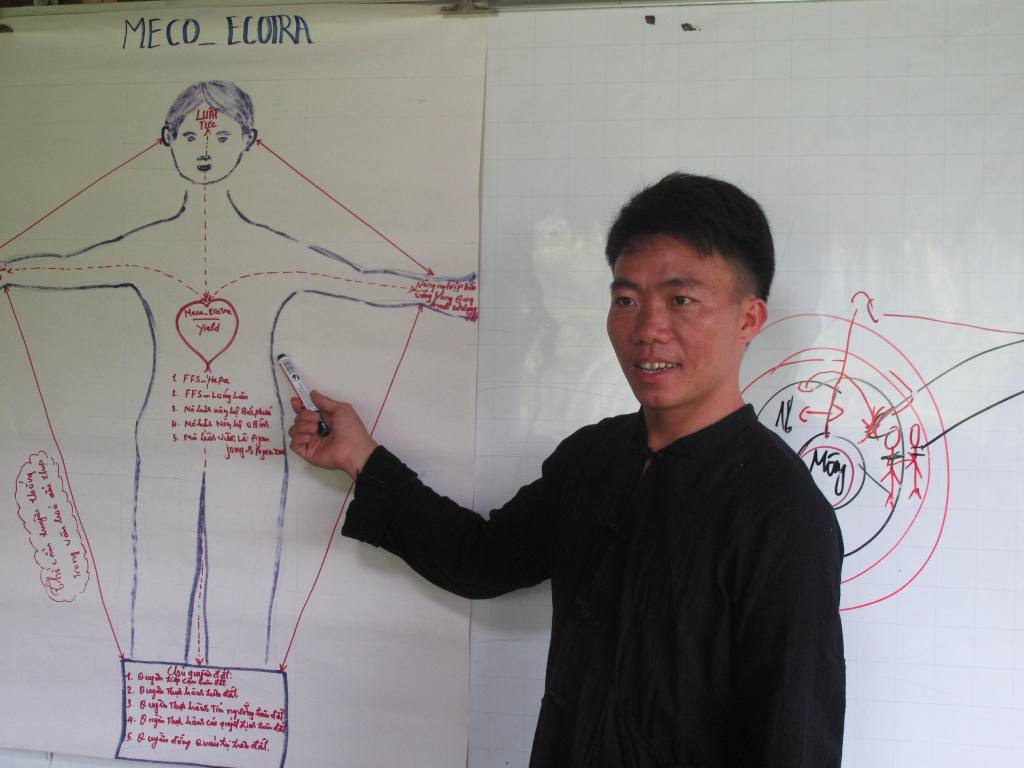Community Spirit Forest Definition
Community spirit forestland is land in which villagers can practice and maintain their religious values toward natural spirits via traditional rituals. This land has been recognized over many generations as owned by the whole community and its management and protection is closely associated with the traditional practices and ideologies of the community, the roles of elderly and prestigious people and clan heads who voluntarily implement its management. In addition to its spiritual purpose, this forestland provides resources to ensure the livelihood of households in the community for living, cultivating, housing, firewood, herbal medicines and food. In minds of villagers these community forestland areas have always belonged to them and were transferred to them by their previous generations. Yet local communities still do not have rights under the law to manage and use these forestland areas.

What is the relation between Community Spirit Forest and Livelihood Sovereignty?
To achieve this purpose we have developed, from lesson learned for the people over many years, a philosophy of customary-based development based on the achievement of 5 Rights of Livelihood Sovereignty: 1) The right to land, forest and water (basic); 2) The right to maintain one’s own religion (unique); 3) The right to live according to one’s own culture (practice); 4) The right to operate according one’s own knowledge and decide what to plant, initiate, create and invent on one’s own land (holistic), and 5) The right to co-manage or co-govern natural resources with neighbouring communities and local authorities (strategic). We see Livelihood Sovereignty as involving an ethical, moral and spiritual dimension as well as a material dimension. With their achievement, all organisms, human and natural, will be living in harmony with each other enjoying peace, security, friendship, happiness and wellbeing, in interdependent self-determination.
Tran thi Lanh (1989-1999-2009)